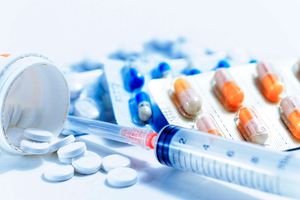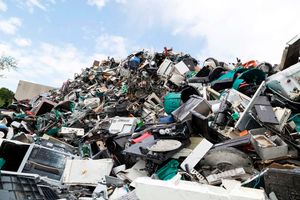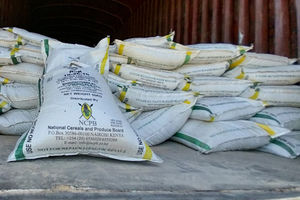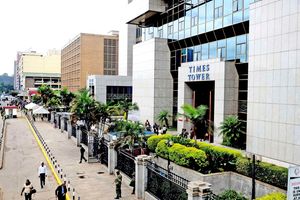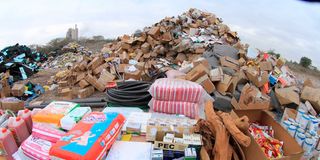
Pile of counterfeit goods.
Majority of Kenyans are knowingly buying fake products despite great awareness of counterfeits littered in the Kenya market, with Facebook and Instagram emerging among the top lead sources in distribution of the products.
In its recent survey report, the Anti-Counterfeit Authority (ACA) found out that at least 83.85 percent of Kenyans are aware of fake goods (up from 71.9 percent in 2021) but still go buy them knowingly.
According to the report, many Kenyans said they opt to purchase fake products due to affordability or lack of alternatives.
“Consumer research showed that 60.48 per cent of respondents had bought counterfeit goods, often unknowingly. The key sources of these goods were street sellers (59.37 per cent) and shops/kiosks (54.42 per cent), while online platforms (31.27 per cent) emerged as an increasingly popular distribution channel. 69.56 per cent of respondents had unknowingly purchased counterfeit goods due to the difficulty of distinguishing between genuine and fake products,” the report states.
“However, 86.43 per cent said that they would avoid counterfeit goods if they were more aware of the negative impact of buying them. Nevertheless, price remains a key motivator for knowingly purchasing counterfeit goods, as reported by 42.5 per cent of respondents. Some consumers knowingly purchase counterfeit products due to economic constraints or the perception that they offer better value for money.”

Despite these negative experiences, the high price of genuine products often drives consumers back to the counterfeit market.
The Authority estimates that one in five products sold in the Kenyan market is counterfeit, resulting in an annual loss of Sh800 billion. Although street vendors and kiosks remain the dominant sources of fake goods (59.37 per cent and 54.42 per cent, respectively), online platforms are growing rapidly as conduits for them, with Jumia and Kilimall at the forefront.
Technological advancements have enabled counterfeiters to produce high-quality fake products. Over time, the quality of these counterfeit products has improved making them more appealing to consumers who would otherwise be put off by their poor quality.
However the report notes that in the country, Kenyans have had bad experiences with fake products, particularly in sectors such as automotive parts and pharmaceuticals. “Consumers have reported issues such as poor performance, safety hazards and health risks associated with these products. Despite these negative experiences, the high price of genuine products often drives consumers back to the counterfeit market, exacerbating the problem of counterfeiting in Kenya.”
Generally, Kenyans’ awareness of counterfeiting is relatively high, at 83.85 per cent, with significant regional variations. The highest awareness levels were reported in Busia (98 per cent) and Machakos (90.8 per cent), while the lowest were reported in Garissa (66.7 per cent) and Mombasa (63.6 per cent). Sector-specific awareness showed that consumers were most informed about counterfeiting in the agriculture (39.52 per cent) and alcoholic drinks (36.57 per cent) sectors, and to a lesser extent in cosmetics (33.99 per cent). Awareness was significantly lower in the paper and board (8.97 per cent) and timber (5.13 per cent) sectors.
The agriculture sector was the most affected, with 89.16 per cent of respondents identifying pesticides and herbicides, fertilisers and animals feeds as commonly counterfeited items, followed by vehicle spare parts at 81.89 per cent.
In the food and drinks sector, non-alcoholic beverages, including popular drinks such as fruit-based and carbonated soft drinks, lead with 75.89 per cent of counterfeit items. Baked products and processed cereals follow with 47.39 per cent. In the alcoholic drinks sector, wine is the most commonly counterfeited product, accounting for 50.12 per cent of all cases, followed by beer at 47.44 per cent.

